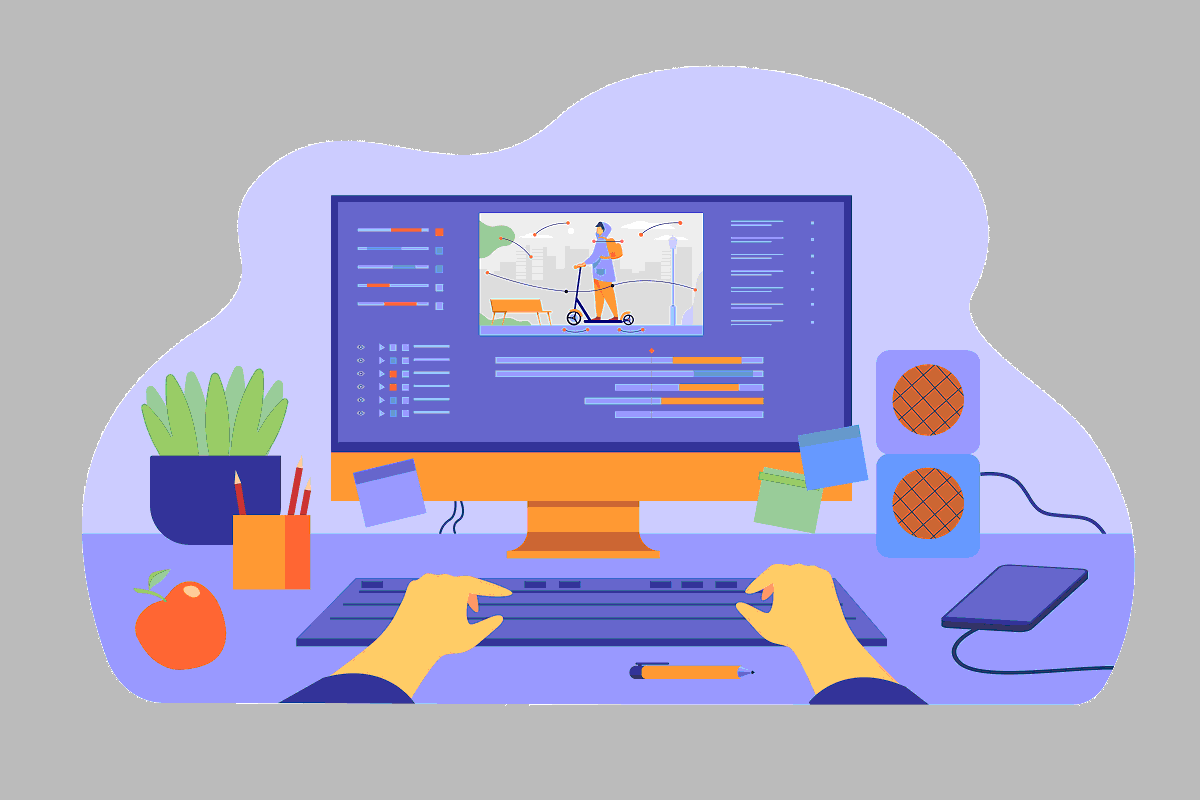
Human-Computer Interactions (HCIs) have revolutionized the way healthcare is delivered, offering a new approach to patient care that is efficient, effective, and user-friendly. In this article, we will explore the benefits and challenges of using HCIs in healthcare settings, as well as the impact they have on patient outcomes.
Overview of Human-Computer Interaction in Healthcare Settings
HCIs refer to the way humans interact with computer systems in healthcare settings. They can range from simple touch screens, speech recognition software, and wearable devices to complex telemedicine systems. The goal of HCIs in healthcare is to make patient care more efficient and effective, while improving the overall patient experience.
Importance of HCIs in Improving Patient Care
HCIs have been shown to improve patient satisfaction, reduce wait times, and reduce medication errors. According to a study published in the Journal of Medical Systems, HCIs improved patient satisfaction by 30%. In the Mayo Clinic, the implementation of HCIs led to a 40% reduction in medication errors. And, at the University of Pittsburgh Medical Center, HCIs helped reduce wait times for patients.
Types of HCIs Commonly Used in Healthcare
There are many different types of HCIs that are commonly used in healthcare settings. Some of the most popular include:
- Electronic Health Records (EHRs)
- Telemedicine systems
- Wearable devices
- Speech recognition software
- Touch screens
- Clinical decision support systems
Examples and Case Studies of Successful Implementation of HCIs
One of the most successful examples of HCIs in healthcare is the implementation of Electronic Health Records (EHRs) at the Mayo Clinic. EHRs are digital versions of patient charts that allow healthcare providers to access important patient information quickly and easily. The implementation of EHRs at the Mayo Clinic has greatly improved patient care, leading to a 40% reduction in medication errors.
Another example of successful implementation of HCIs in healthcare is the use of telemedicine systems at the University of Pittsburgh Medical Center. Telemedicine allows patients to receive care from a healthcare provider remotely, reducing wait times and improving patient satisfaction.
Challenges and Ethical Considerations in Using HCIs in Healthcare
While HCIs have many benefits, there are also challenges and ethical considerations that must be taken into account. One of the biggest challenges is ensuring the privacy and security of patient information, especially with the widespread use of EHRs. Additionally, there are ethical considerations related to the use of AI and machine learning in HCIs, such as the potential for biased algorithms that could negatively impact patient care.
Future of HCIs in Healthcare and Its Potential Impact on Patient Outcomes
The future of HCIs in healthcare is bright, as technology continues to advance and healthcare providers become more familiar with the benefits of these interactions. The potential impact of HCIs on patient outcomes is significant, as they can help to improve patient care and outcomes in several key areas, including:
- Improved patient satisfaction - As seen in the study mentioned earlier, HCIs can improve patient satisfaction by providing more efficient and effective care.
- Reduced medication errors - By automating certain processes and allowing for more accurate data entry, HCIs can help reduce the number of medication errors in healthcare settings.
- Faster wait times - As seen in the University of Pittsburgh Medical Center, HCIs can help reduce wait times for patients, improving overall patient experience.
- Better patient outcomes - By providing healthcare providers with better data and tools, HCIs can help to improve patient outcomes and reduce the risk of adverse events.
- Improved collaboration and communication - HCIs can improve collaboration and communication between healthcare providers and patients, resulting in better care and outcomes.
Conclusion
In conclusion, HCIs have the potential to greatly improve patient care and outcomes in healthcare settings. From reducing medication errors and wait times, to improving patient satisfaction, HCIs are changing the way healthcare is delivered. As the field of HCIs continues to evolve, it is important for healthcare providers, IT professionals, and researchers to stay informed and up-to-date on the latest advancements.
"The implementation of HCIs in healthcare has the potential to greatly improve patient care and outcomes."
Computer Health Computer Science




